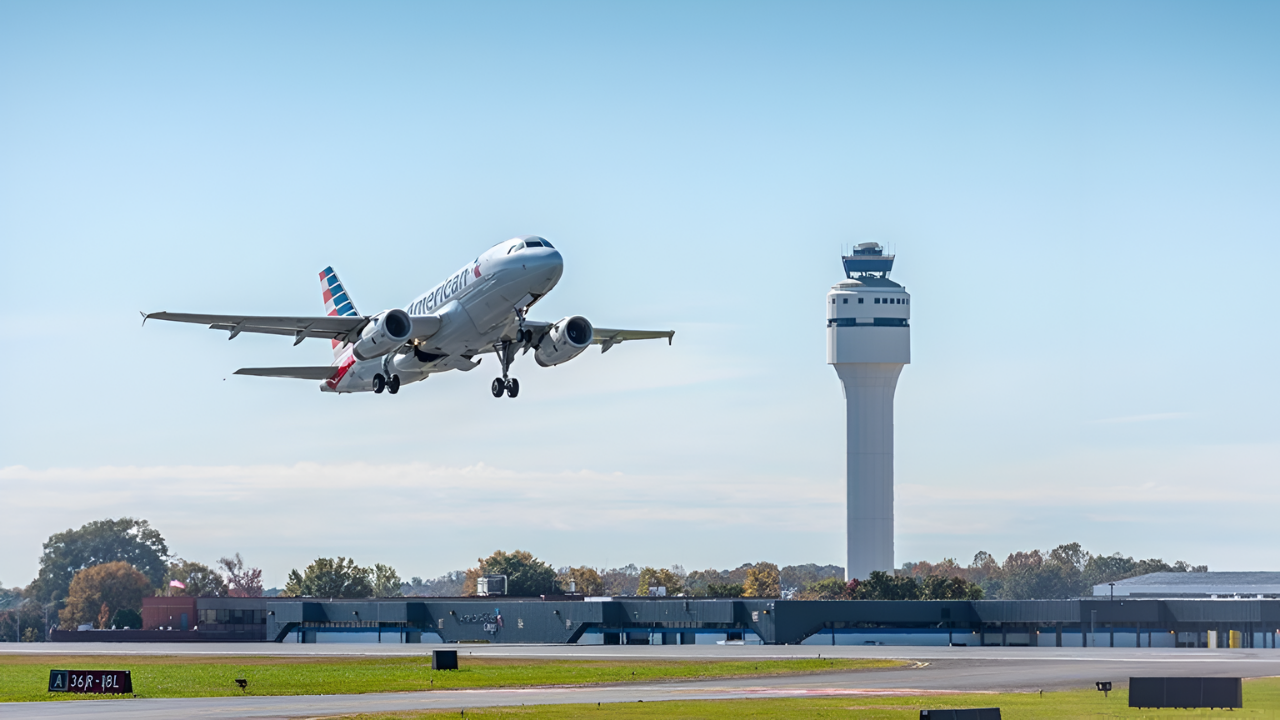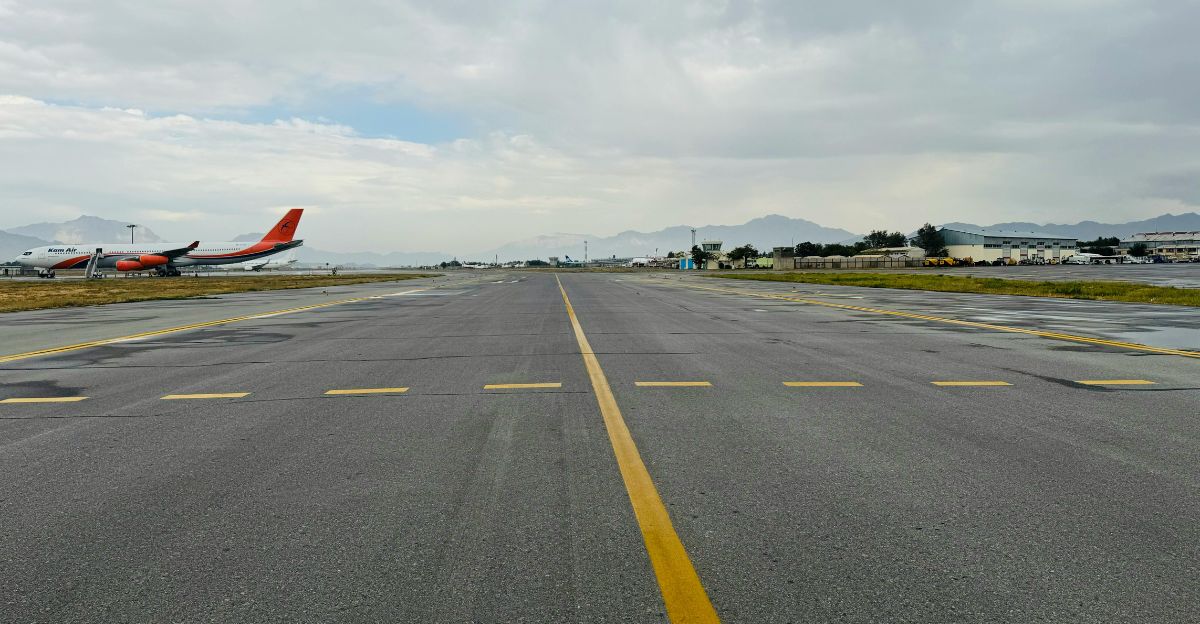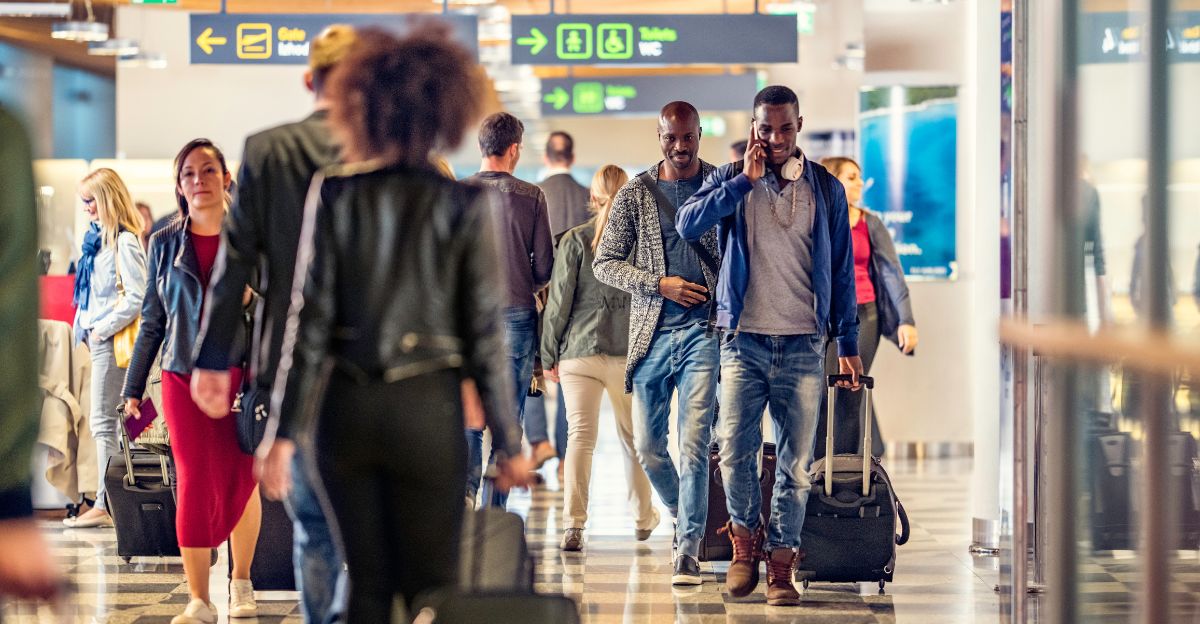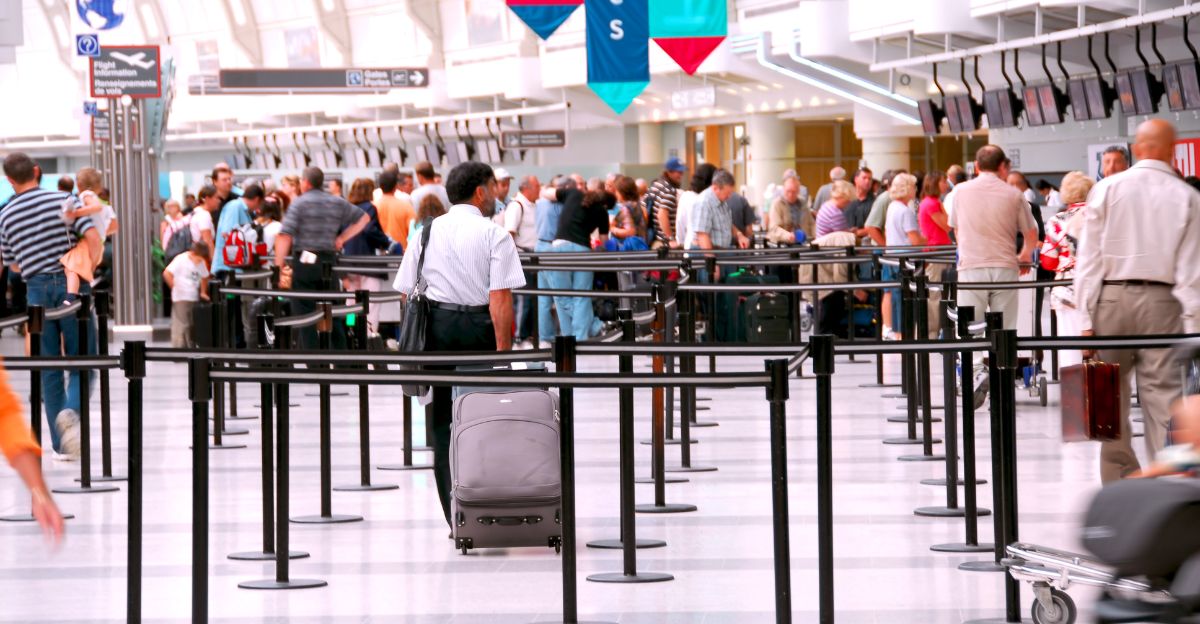
On the morning of November 25, 2025, as severe thunderstorms swept across the southeastern United States, the Federal Aviation Administration made an urgent decision: evacuate the control tower at Hartsfield-Jackson Atlanta International Airport. For ten minutes, air traffic ground to a halt at the nation’s busiest aviation hub, creating immediate disruptions during one of the year’s most critical travel periods. The evacuation underscored how vulnerable even the most advanced transportation infrastructure remains when faced with extreme weather.
Safety Concerns Drive Emergency Response

The FAA initiated the evacuation at 8:45 a.m. to protect personnel during severe weather conditions. A tornado threat lingered over parts of Mississippi and Alabama as the storm system intensified. During the brief closure, the Atlanta Terminal Radar Approach Control facility temporarily assumed responsibility for managing airspace, ensuring that flights remained safely separated even without the tower’s direct oversight. The decision prioritized human safety over operational continuity, a choice that rippled through the entire national aviation network within minutes.
Thanksgiving Travel Chaos Unfolds

The timing could not have been worse. According to the American Automobile Association, 81.8 million Americans were traveling for Thanksgiving in 2025—up 1.6 million from the previous year. Of those, 6.1 million chose to fly. Atlanta’s ground stop triggered cascading delays and cancellations that affected connections across the country. Travelers already on runways braced for extended waits. Families attempting to reunite for the holiday faced missed connections, rebooking nightmares, and the frustration of uncertainty. Airlines scrambled to adjust schedules and accommodate thousands of stranded passengers, extending staff shifts to manage the overflow.
Storm’s Broader Destruction

The weather system that forced the tower evacuation had already left its mark elsewhere. In the Houston area, the same storm complex damaged more than 100 homes. As the system moved eastward, it brought heavy rainfall, severe thunderstorms, and travel delays from the Southeast through the Mid-Atlantic region. Traffic congestion peaked on Tuesday and Wednesday afternoons along the entire Interstate 95 corridor as drivers sought alternative routes. Many travelers, unable to fly or facing significant delays, shifted to road travel, only to encounter their own obstacles in rain-soaked conditions.
Cascading Economic and Operational Consequences
The disruption extended far beyond domestic travel. International flights bound for Europe, Asia, and Latin America experienced delays as the world’s busiest airport paused operations. Airlines faced substantial costs for rebooking passengers and providing compensation, while travelers incurred unexpected expenses for hotels and meals. The brief shutdown revealed the fragility of interconnected global aviation networks and the economic toll even short-term disruptions impose on the travel industry and passengers alike.
Infrastructure Resilience Questions Emerge

The incident sparked broader conversations among the FAA, airlines, and transportation experts about U.S. infrastructure vulnerability. As climate-driven severe weather events become more frequent, calls intensified for increased investment in backup systems and redundancy measures. The evacuation highlighted aging infrastructure limitations and the need for enhanced preparedness at critical transportation hubs. Experts advised future travelers to check weather alerts, book flexible tickets, and allow extra time for connections during peak travel periods. By Wednesday, conditions improved across the Southeast, offering calmer skies for the remainder of the holiday travel period—but the disruption’s effects would be felt in airports and along highways for days to come.